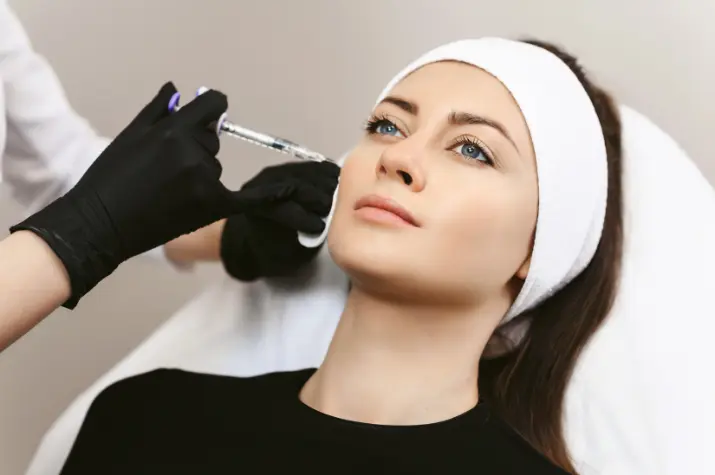
Botox. The name conjures images of airbrushed faces and a relentless pursuit of youthful smoothness. But what if we told you this popular cosmetic injectable has a hidden life as a powerful medical tool?
Botox, derived from botulinum toxin, works by temporarily blocking nerve signals that cause muscle contractions.
This unique property extends far beyond wrinkle reduction, offering a glimmer of hope for those struggling with chronic conditions.
From Headaches to Hyperhidrosis
Millions of people worldwide grapple with chronic migraines, a condition characterized by severe headaches accompanied by nausea, vomiting, and sensitivity to light and sound. Traditional medications often fall short, leaving sufferers yearning for lasting relief.
Thankfully, Botox emerges as a game-changer. Studies published in the Journal of Headache and Pain (2019) demonstrate a significant reduction in migraine frequency and intensity following Botox injections. There’s a beacon of hope for those battling excessive sweating (hyperhidrosis) as well.
A strategically placed Botox injection in the underarms, hands, and feet can significantly reduce sweat production, boosting confidence and improving quality of life.
The story of Botox’s therapeutic applications continues to unfold. Researchers are actively exploring its potential in treating a diverse range of conditions.
Here are a few exciting areas of exploration:
- Cervical Dystonia: This neurological disorder causes involuntary muscle contractions in the neck, leading to a twisted head position and chronic pain. Botox injections offer targeted relief, improving mobility and reducing discomfort.
- Strabismus: Commonly known as crossed eyes, strabismus can hinder depth perception and cause visual strain. Botox injections can help realign eye positioning, promoting better vision function.
- Overactive Bladder: For individuals struggling with urinary incontinence, Botox injections offer a potential solution. By relaxing bladder muscles, they can significantly reduce involuntary urine leakage.
A Powerful Tool in the Hands of Experts
While Botox offers a promising avenue for managing various conditions, it’s crucial to remember it’s a medical treatment. This article has explored some of the exciting possibilities, but it’s not a substitute for professional medical advice.
If you suffer from any of the conditions mentioned here, consulting a licensed physician or dermatologist is the best course of action. They can provide a personalized assessment and determine if Botox treatment is right for you.
Learning about the therapeutic applications of Botox can be empowering, especially if you manage a chronic condition. By opening a conversation with a qualified healthcare professional, you can explore all potential treatment options, including Botox, to find the best path toward managing your health and improving your quality of life.
To learn more, check out the infographic below.

![[Infographic] Exploring The Link Between Behavioral & Physical Health Behavioral & Physical Health](https://www.safeandhealthylife.com/wp-content/uploads/2023/10/Behavioral-Physical-Health-150x150.webp)
![[Infographic] Exploring Sleep Debt: Strategies for a Restful Night's Sleep Exploring Sleep Debt: Strategies for a Restful Night's Sleep](https://www.safeandhealthylife.com/wp-content/uploads/2024/01/Sleep-Debt-150x150.webp)

